Home>Home Appliances>Home Automation Appliances>How To Listen In On Alexa


Home Automation Appliances
How To Listen In On Alexa
Modified: October 21, 2024
Learn how to listen in on Alexa and other home automation appliances with our simple guide. Enhance your smart home experience today! Discover the secrets of home automation.
(Many of the links in this article redirect to a specific reviewed product. Your purchase of these products through affiliate links helps to generate commission for Storables.com, at no extra cost. Learn more)
Introduction
In the realm of home automation, Amazon's Alexa has emerged as a trailblazing force, revolutionizing the way we interact with our living spaces. This voice-controlled virtual assistant has seamlessly integrated itself into our daily routines, offering an array of functionalities that span from playing music and setting reminders to controlling smart home devices. However, with the convenience and efficiency that Alexa brings to our lives, concerns about privacy and security have surfaced, prompting individuals to question the extent to which Alexa listens and processes commands. This article delves into the intricacies of Alexa's capabilities, shedding light on how it listens, processes commands, and the potential methods for listening in on Alexa. Moreover, it explores the legal and ethical considerations, offering insights into protecting privacy within the realm of smart home technology. Let's embark on a journey to unravel the mysteries behind Alexa's listening mechanisms and the measures we can take to safeguard our privacy in this interconnected digital age.
Key Takeaways:
- Alexa’s listening and processing abilities are complex, but it prioritizes privacy by only recording when activated. Understanding its capabilities empowers users to make informed decisions about privacy and security.
- To protect privacy when using Alexa, users can review privacy settings, disable the microphone when needed, and stay informed about security best practices. Embracing a proactive approach ensures privacy is safeguarded.
Read more: When Is Alexa Listening
Understanding Alexa’s Capabilities
Alexa, the heart and soul of Amazon’s Echo devices, possesses a myriad of capabilities that have redefined the concept of smart living. From playing music, providing weather updates, and controlling smart home devices to answering general knowledge queries and setting alarms, Alexa has become an indispensable asset in countless households. Its integration with various third-party skills and devices further amplifies its utility, allowing users to accomplish tasks with unprecedented ease and efficiency.
One of Alexa’s most significant features is its voice recognition and natural language processing abilities. It can discern and interpret a wide spectrum of commands, adapting to diverse accents and speech patterns. Moreover, its machine learning algorithms enable it to improve its understanding of users’ preferences and speech over time, enhancing the overall user experience.
Furthermore, Alexa’s integration with smart home devices enables users to control their environment through voice commands. Whether it’s adjusting the thermostat, dimming the lights, or locking the doors, Alexa serves as a centralized control hub, streamlining the management of smart home technology.
Additionally, Alexa’s ability to provide personalized recommendations, such as suggesting music or offering tailored news updates, showcases its capacity to cater to individual preferences. Its seamless integration with Amazon services also allows for effortless shopping, reordering of essentials, and tracking deliveries, adding a layer of convenience to users’ lives.
Understanding the breadth of Alexa’s capabilities illuminates the depth of its listening and processing mechanisms, which form the foundation of its functionality. By comprehending the scope of its abilities, we can better grasp the intricacies of how Alexa listens and responds to our commands, empowering us to make informed decisions regarding privacy and security.
How Alexa Listens and Processes Commands
At the core of Alexa’s functionality lies its sophisticated listening and command processing system. When activated by its wake word, typically “Alexa,” the device begins recording the subsequent speech. This audio data is then transmitted to Amazon’s servers, where it undergoes a series of processes to decipher the user’s intent and execute the appropriate action.
A key component of Alexa’s listening mechanism is its ability to filter out background noise and focus on the user’s voice. Advanced noise cancellation algorithms enable Alexa to discern commands even in acoustically challenging environments, ensuring a reliable and seamless interaction experience.
Once the audio data reaches Amazon’s servers, it is subjected to natural language processing (NLP) algorithms, which analyze the speech patterns, syntax, and semantics to extract the user’s intent. This involves parsing the command, identifying keywords, and determining the desired action or information requested by the user.
Following the NLP phase, the extracted intent is matched with the appropriate skills or actions within the Alexa ecosystem. Whether it involves playing a specific song, providing a weather forecast, or controlling a smart home device, Alexa’s vast array of skills and integrations allow it to fulfill a diverse range of requests.
Furthermore, Alexa’s machine learning capabilities enable it to adapt and improve its understanding of user commands over time. By leveraging historical data and user interactions, Alexa refines its language comprehension and response accuracy, enhancing the overall user experience.
It’s important to note that while Alexa continuously listens for its wake word to activate, it does not record or transmit audio data to the servers until the wake word is detected. This “on-device processing” approach is designed to prioritize user privacy and mitigate concerns regarding constant audio surveillance.
Understanding the intricacies of how Alexa listens and processes commands underscores the complexity of its underlying technology. By gaining insight into these mechanisms, users can make informed decisions about their privacy and security when integrating Alexa into their daily lives.
Legal and Ethical Considerations
As the adoption of voice-controlled virtual assistants like Alexa becomes increasingly prevalent, it is imperative to address the legal and ethical considerations surrounding their usage. The intersection of privacy, data security, and user consent forms the crux of these considerations, prompting a critical examination of the implications associated with integrating such technology into our living spaces.
From a legal standpoint, the collection and processing of user data by Alexa are subject to stringent regulations aimed at safeguarding individual privacy. Compliance with data protection laws, such as the General Data Protection Regulation (GDPR) in the European Union and the California Consumer Privacy Act (CCPA) in the United States, necessitates transparent disclosure of data collection practices, explicit user consent, and robust measures to ensure data security and confidentiality.
Ethically, the use of voice-activated devices raises concerns about the potential for inadvertent recording of sensitive or private conversations. The inadvertent activation of the device or misinterpretation of speech could lead to unintended data capture, raising ethical questions about the boundaries of surveillance and the protection of personal privacy.
Furthermore, the implications of data storage and access to recorded audio snippets by Amazon and its affiliates prompt deliberation on the ethical responsibilities of companies in safeguarding user data. Transparency regarding data retention policies, encryption protocols, and user control over their recorded interactions with Alexa is crucial in fostering trust and upholding ethical standards.
As users, it is essential to be cognizant of the implications of integrating Alexa into our homes and to exercise informed consent regarding data collection and usage. Understanding the privacy settings, opting for enhanced security features, and regularly reviewing and managing stored data are pivotal steps in mitigating potential privacy risks.
Ultimately, navigating the legal and ethical landscape of voice-activated virtual assistants necessitates a balanced approach that prioritizes user privacy, data security, and ethical data practices. By advocating for transparent policies, user empowerment, and robust data protection measures, we can foster an environment where the integration of such technology aligns with legal and ethical standards, respecting the rights and privacy of individuals.
If you want to listen in on Alexa, you can use the Alexa app on your smartphone to review your voice recordings and delete any that you don’t want stored.
Methods for Listening In on Alexa
While Alexa is designed to respect user privacy and only activate upon hearing its wake word, concerns about potential methods for unauthorized listening have prompted scrutiny and the development of protective measures. It is essential to acknowledge the potential vulnerabilities and explore strategies to mitigate the risk of unauthorized listening in on Alexa devices.
One potential method for unauthorized listening involves exploiting vulnerabilities in the device’s firmware or software. Hackers may attempt to gain unauthorized access to the device’s microphone or communication channels, enabling them to eavesdrop on conversations or intercept audio data. To address this, Amazon continually releases firmware updates and security patches to fortify the device against potential exploits and vulnerabilities, underscoring the importance of regularly updating Alexa devices to mitigate security risks.
Social engineering tactics represent another avenue for potential unauthorized listening. Phishing attempts or deceptive practices aimed at tricking users into revealing sensitive information or granting unauthorized access to their Alexa devices pose a threat to privacy. Educating users about recognizing and mitigating social engineering tactics is pivotal in safeguarding against unauthorized access to Alexa devices.
Furthermore, the integration of third-party skills and devices introduces an additional layer of complexity regarding potential listening vulnerabilities. Users should exercise caution when granting permissions to third-party skills and scrutinize the privacy policies and data access requests associated with these integrations. By being discerning and selective in granting permissions, users can mitigate the risk of unauthorized data access through third-party channels.
Implementing robust network security measures, such as utilizing secure Wi-Fi networks, enabling network encryption, and employing firewall protection, can help fortify the overall security posture of Alexa devices. Additionally, leveraging multifactor authentication and strong, unique passwords for Amazon accounts and associated smart home devices bolsters the defense against unauthorized access and potential data breaches.
Ultimately, fostering a security-conscious mindset and staying informed about emerging threats and protective measures is instrumental in safeguarding against potential methods for unauthorized listening on Alexa devices. By remaining vigilant, engaging in proactive security practices, and leveraging the security features provided by Amazon, users can mitigate the risk of unauthorized access and uphold the privacy and integrity of their interactions with Alexa.
Read more: How To Listen To Your Alexa Remotely
Protecting Your Privacy
Ensuring the privacy and security of personal data in the context of using Alexa and other voice-activated virtual assistants is paramount. By implementing proactive measures and leveraging the available privacy features, users can safeguard their privacy while enjoying the convenience and functionality offered by these devices.
One fundamental step in protecting privacy is to familiarize oneself with the privacy settings and controls provided by Alexa. This includes reviewing and managing voice recordings, opting for enhanced privacy features, and staying informed about updates and changes to privacy policies. Regularly auditing and managing stored voice interactions can help users exert greater control over their recorded data.
Enabling the mute or “off” button on Alexa devices when privacy is paramount can effectively prevent unintended audio capture. By physically disabling the microphone, users can mitigate the risk of inadvertent recording or transmission of audio data, particularly during sensitive or private conversations.
Another pivotal aspect of privacy protection involves exercising discretion when granting permissions to third-party skills and devices. Scrutinizing the data access requests, privacy policies, and security measures associated with third-party integrations empowers users to make informed decisions and minimize the exposure of personal data to external entities.
Leveraging the privacy and security features provided by Amazon, such as enabling voice code verification for voice purchases and implementing two-factor authentication for Amazon accounts, reinforces the overall security posture and mitigates the risk of unauthorized access to sensitive data.
Furthermore, staying informed about security best practices, emerging threats, and privacy-related developments in the realm of voice-activated virtual assistants is instrumental in proactively addressing potential privacy risks. By remaining vigilant and responsive to evolving privacy considerations, users can adapt their privacy strategies to align with the latest protective measures.
Engaging in ongoing education about privacy and security practices, fostering a privacy-conscious mindset, and advocating for transparent data practices within the realm of smart home technology collectively contribute to a heightened awareness of privacy protection.
Ultimately, by embracing a proactive approach to privacy protection, leveraging the available privacy features, and staying informed about emerging privacy considerations, users can navigate the landscape of voice-activated virtual assistants with confidence, knowing that their privacy is safeguarded.
Conclusion
The proliferation of voice-activated virtual assistants like Alexa has ushered in a new era of interconnected living, offering unparalleled convenience and functionality. As we immerse ourselves in this digital landscape, it becomes paramount to comprehend the intricacies of Alexa’s capabilities, its listening and command processing mechanisms, and the legal and ethical considerations that underpin its usage.
Understanding the breadth of Alexa’s capabilities illuminates the depth of its listening and processing mechanisms, which form the foundation of its functionality. By comprehending the scope of its abilities, we can better grasp the intricacies of how Alexa listens and responds to our commands, empowering us to make informed decisions regarding privacy and security.
The legal and ethical considerations surrounding the usage of Alexa underscore the imperative of upholding privacy, data security, and user consent. By navigating this landscape with a discerning eye and advocating for transparent policies and ethical data practices, we can foster an environment where the integration of such technology aligns with legal and ethical standards, respecting the rights and privacy of individuals.
Addressing potential methods for unauthorized listening on Alexa devices necessitates a proactive approach to security, encompassing firmware updates, social engineering awareness, and robust network security measures. By remaining vigilant and informed about emerging threats, users can fortify the security posture of their devices and mitigate the risk of unauthorized access.
Protecting privacy in the realm of voice-activated virtual assistants involves leveraging privacy settings, exercising discretion with third-party integrations, and staying abreast of security best practices. By embracing a proactive approach to privacy protection and advocating for transparent data practices, users can navigate the landscape of smart home technology with confidence, knowing that their privacy is safeguarded.
In essence, as we embrace the transformative potential of voice-activated virtual assistants, it is imperative to strike a harmonious balance between harnessing their capabilities and safeguarding privacy and security. By fostering a privacy-conscious mindset, staying informed about evolving privacy considerations, and advocating for transparent data practices, we can navigate this digital frontier with confidence, knowing that our privacy remains a top priority.
Frequently Asked Questions about How To Listen In On Alexa
Was this page helpful?
At Storables.com, we guarantee accurate and reliable information. Our content, validated by Expert Board Contributors, is crafted following stringent Editorial Policies. We're committed to providing you with well-researched, expert-backed insights for all your informational needs.
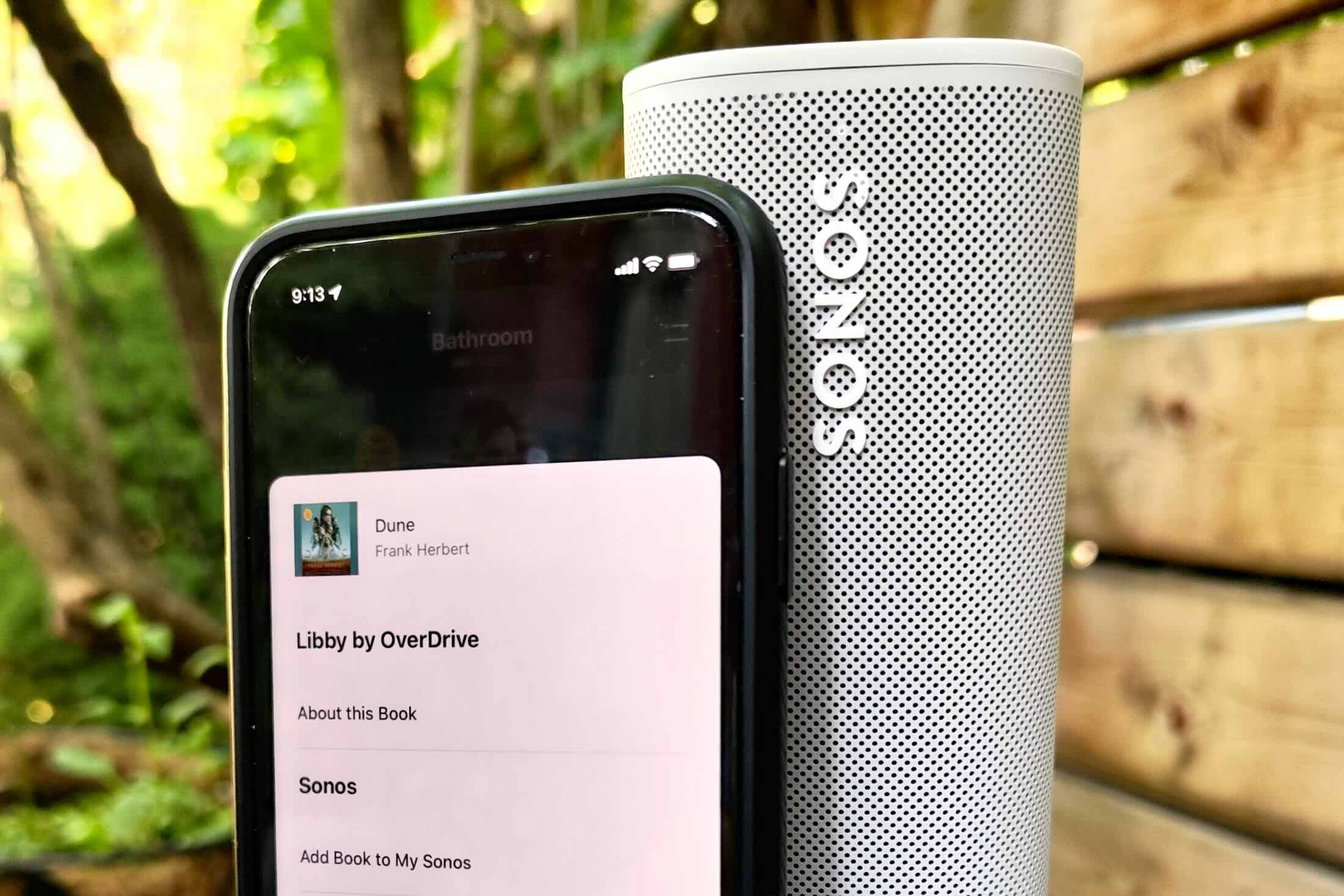
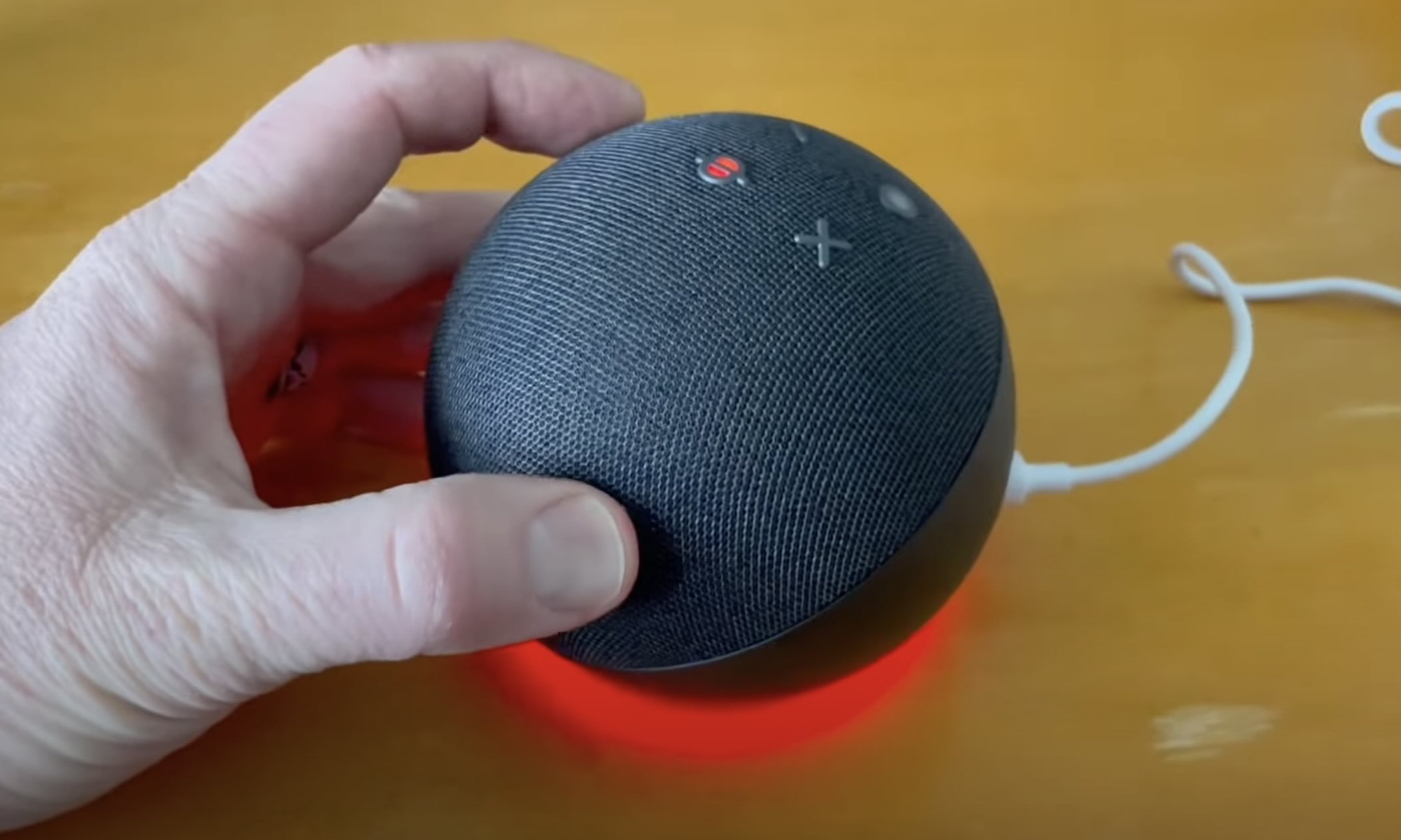


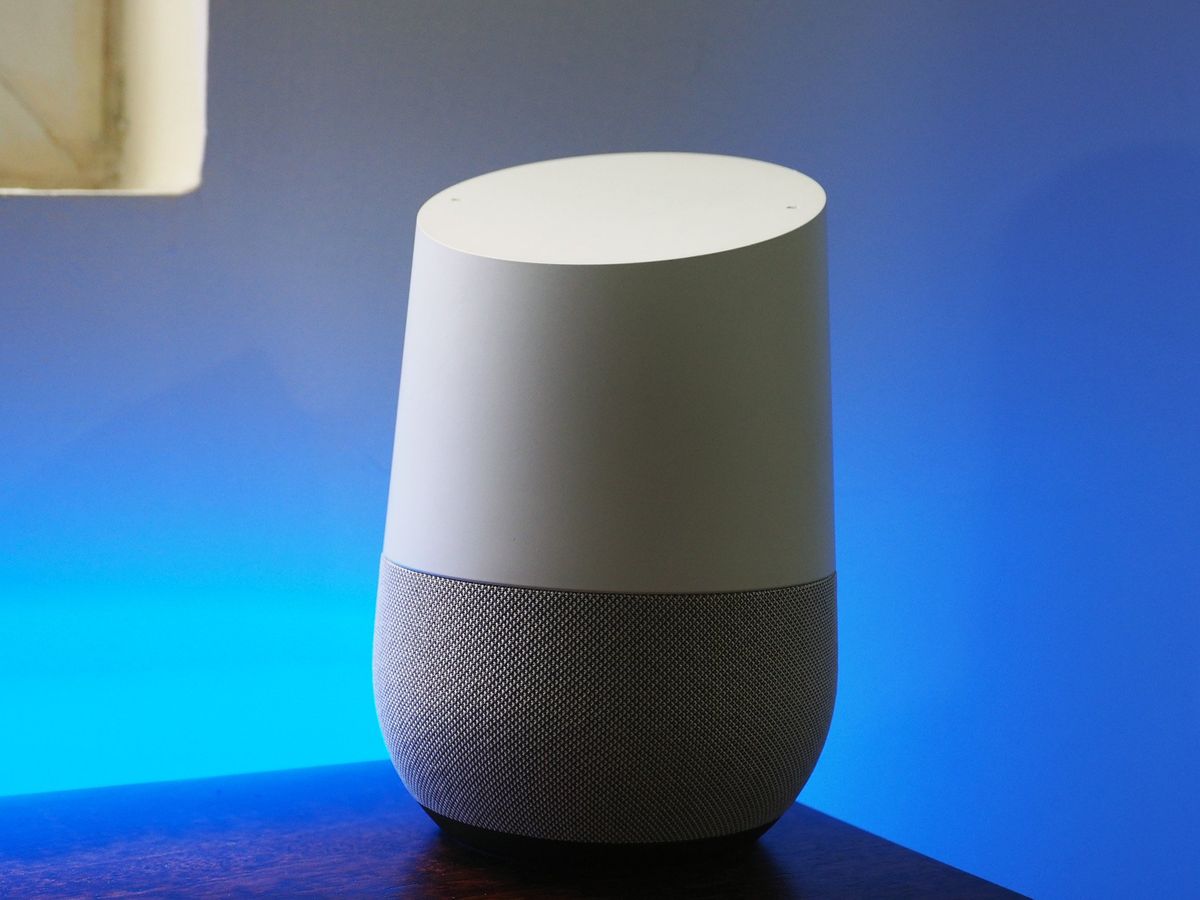
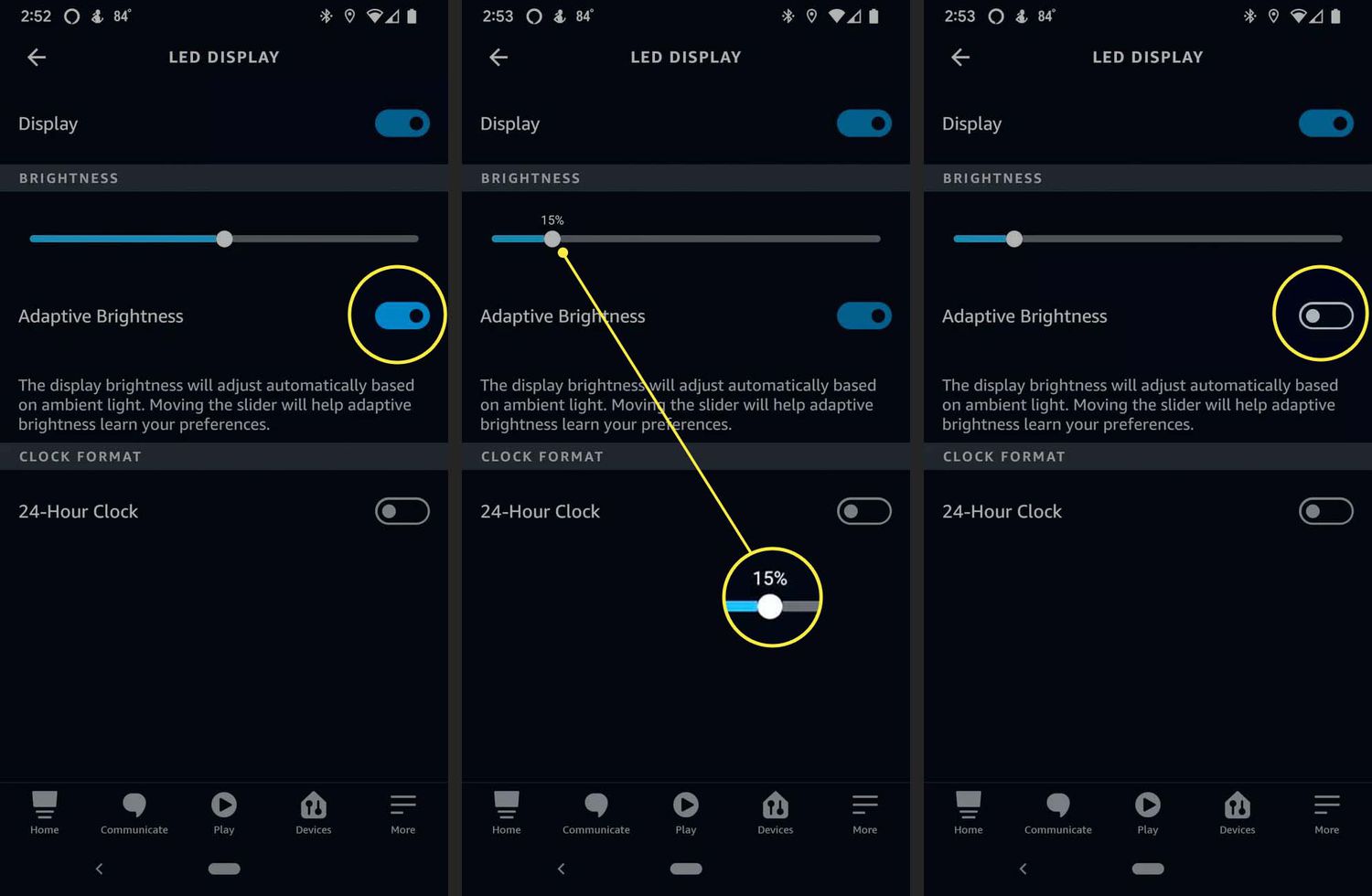
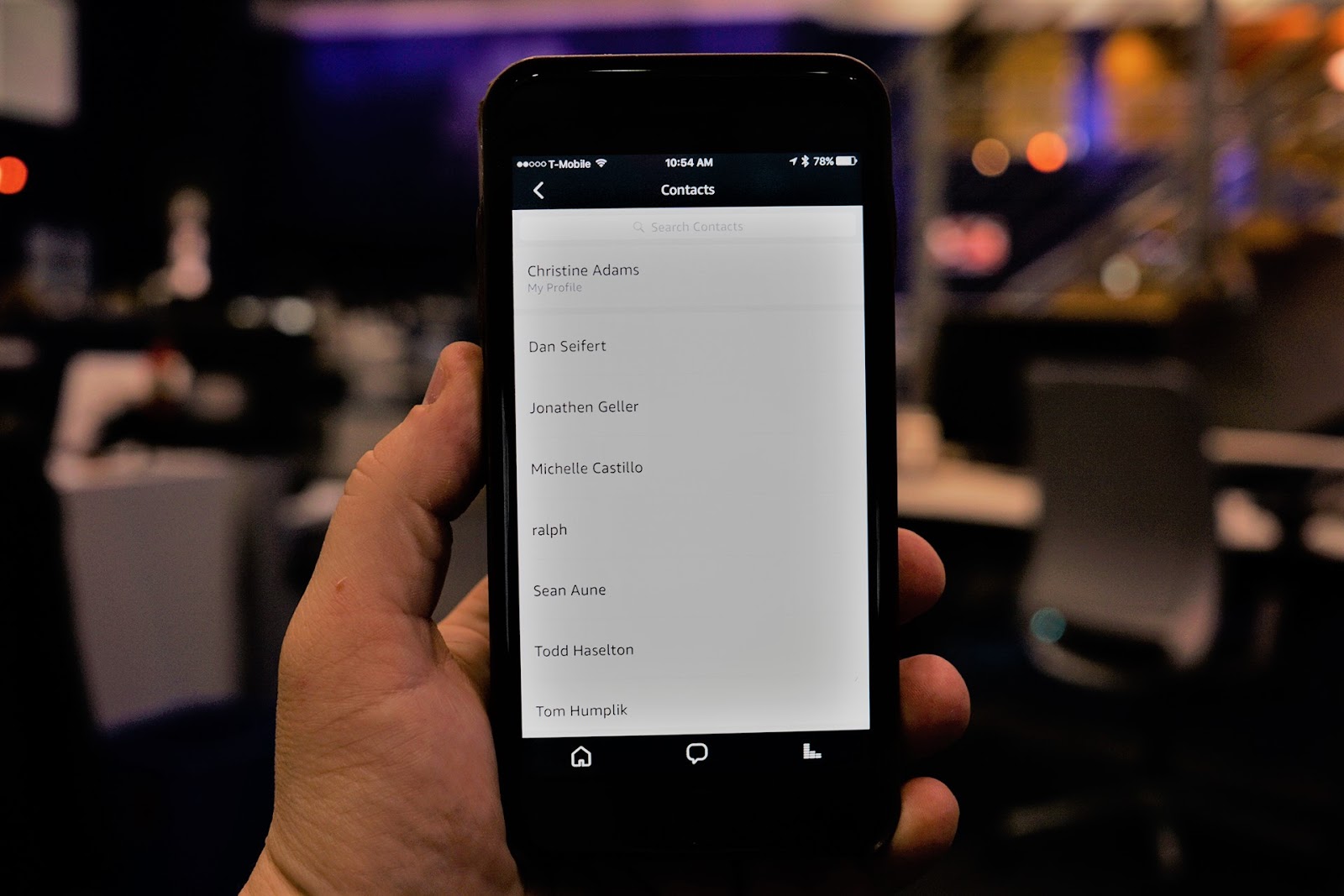
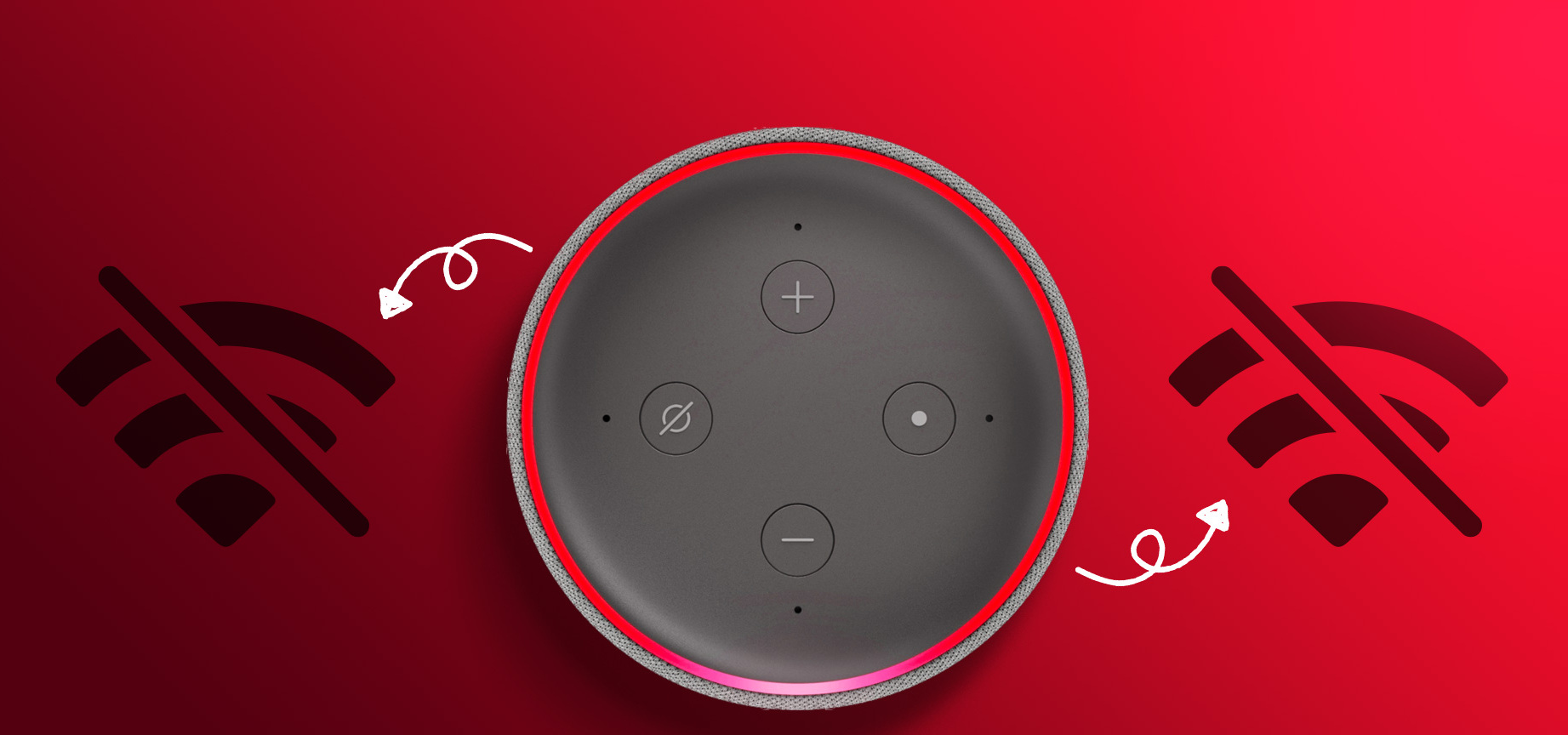
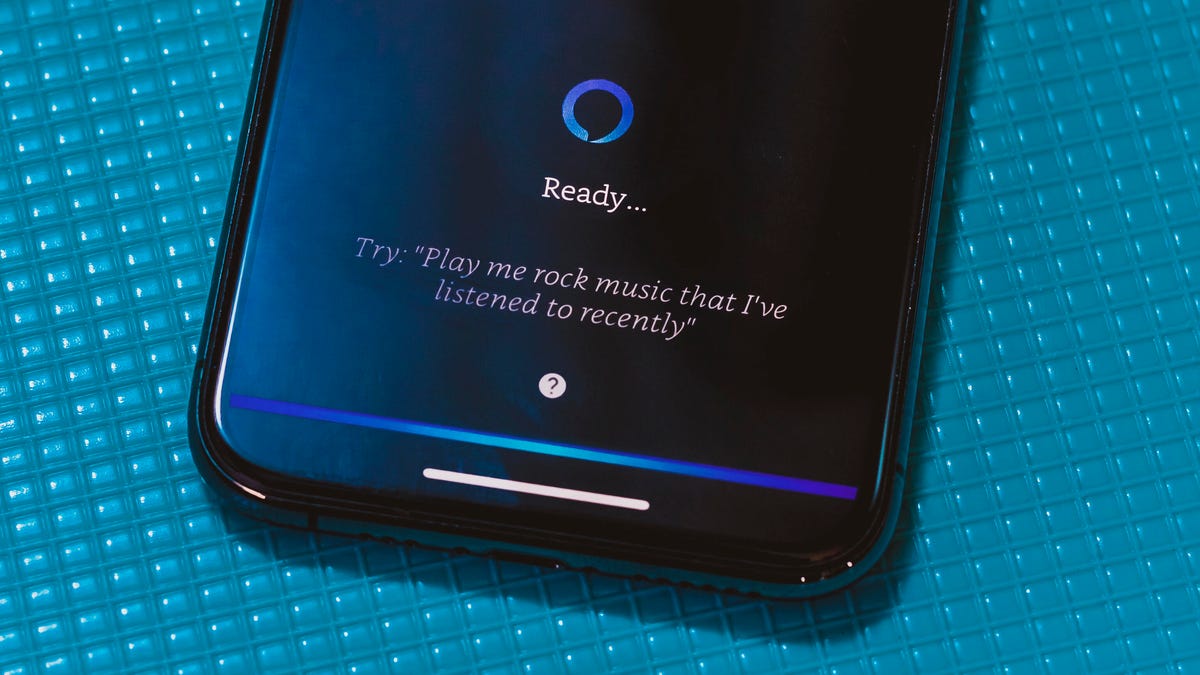
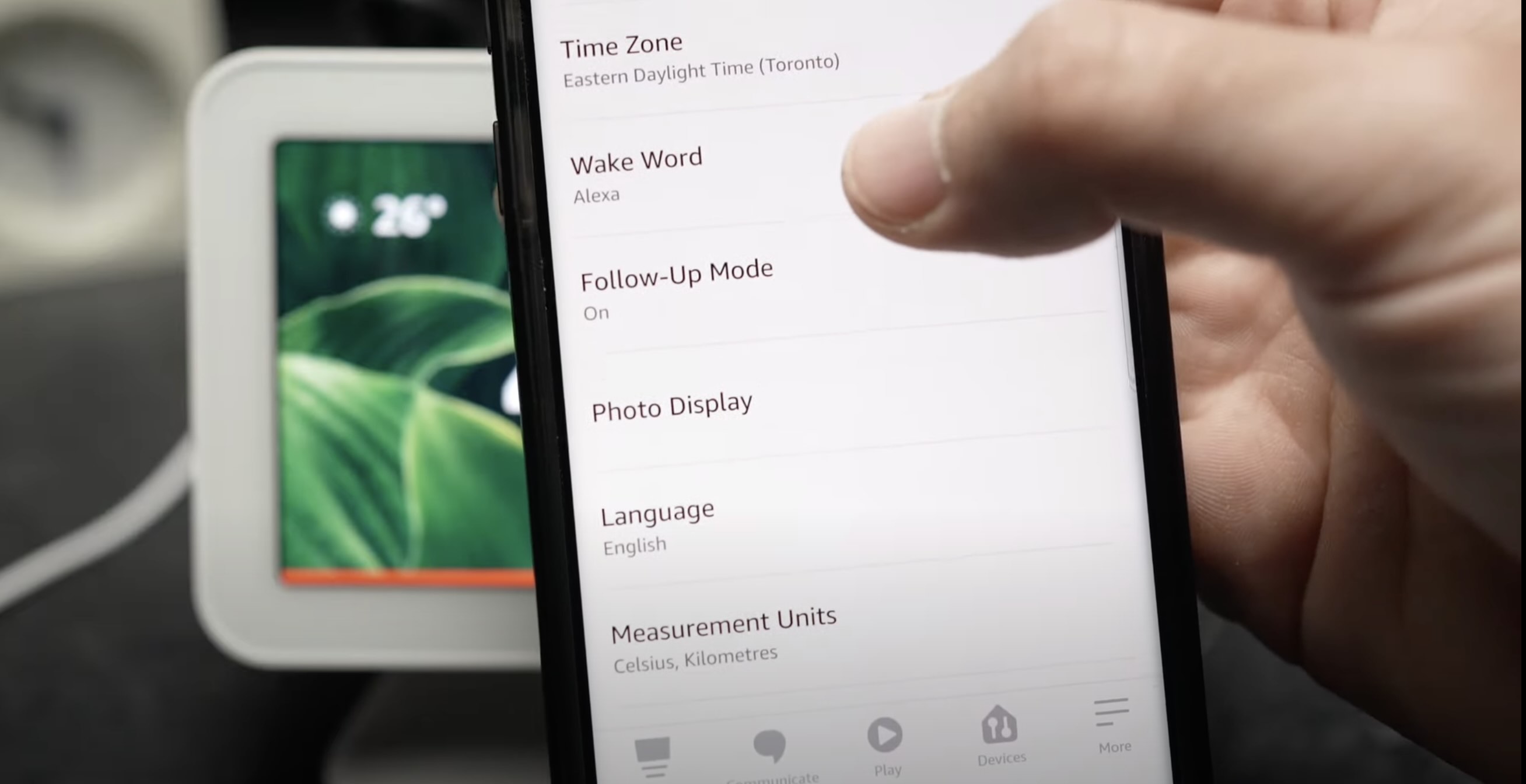


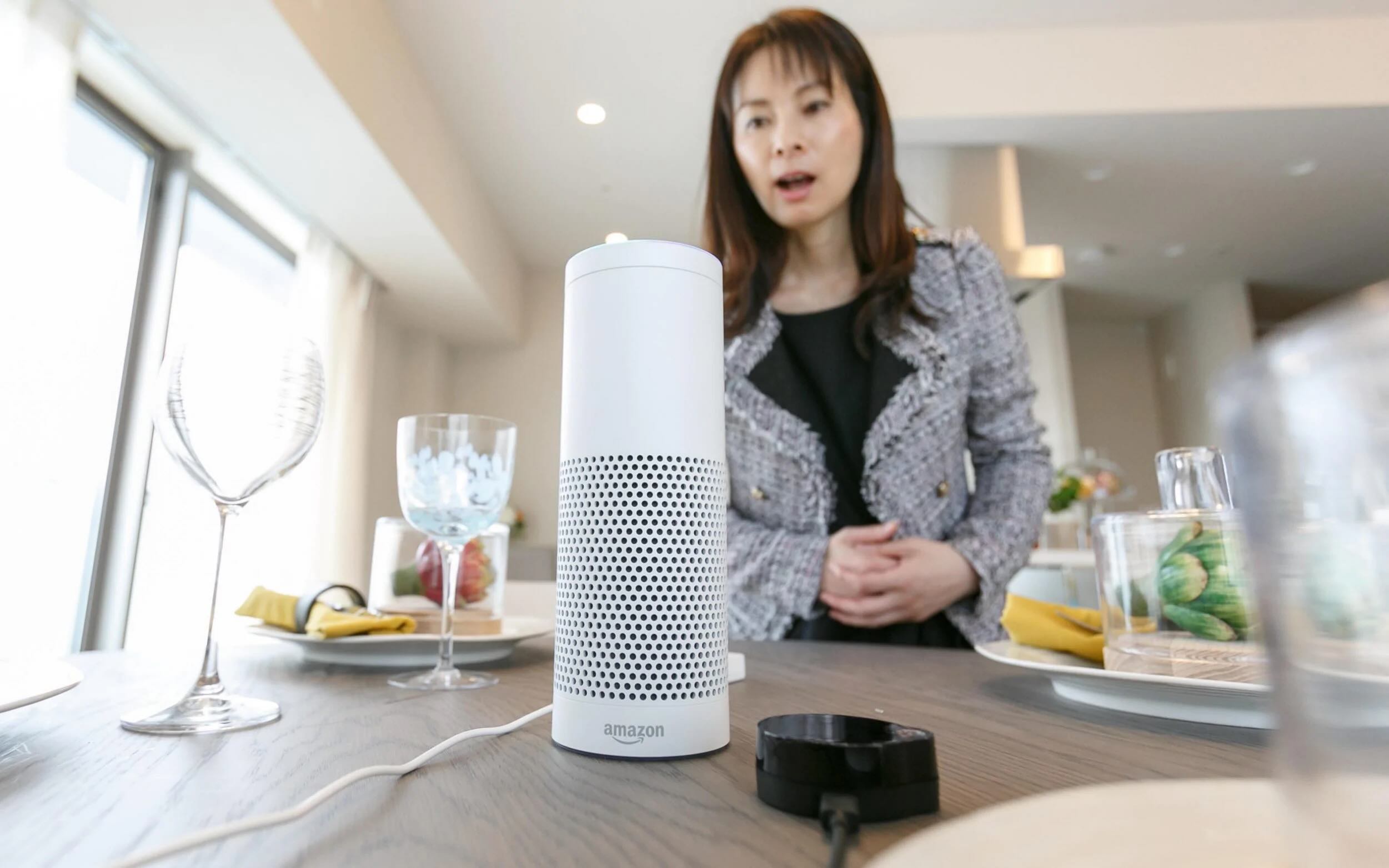
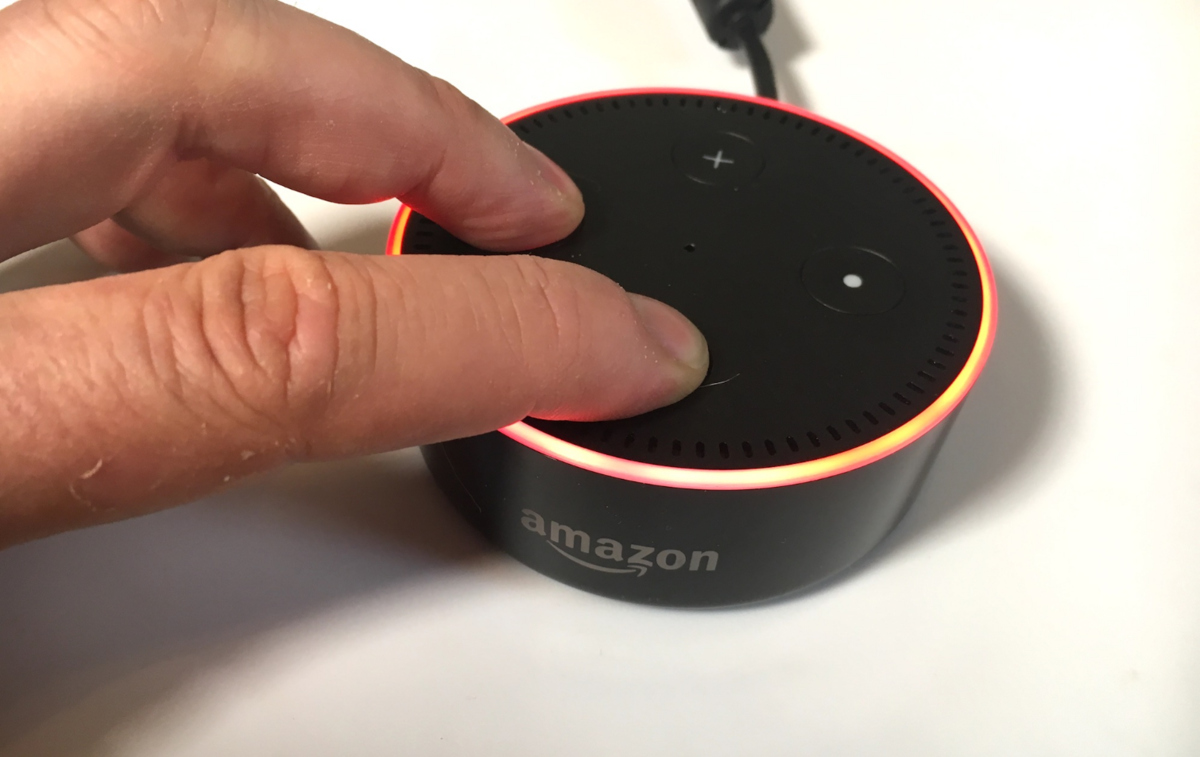

0 thoughts on “How To Listen In On Alexa”